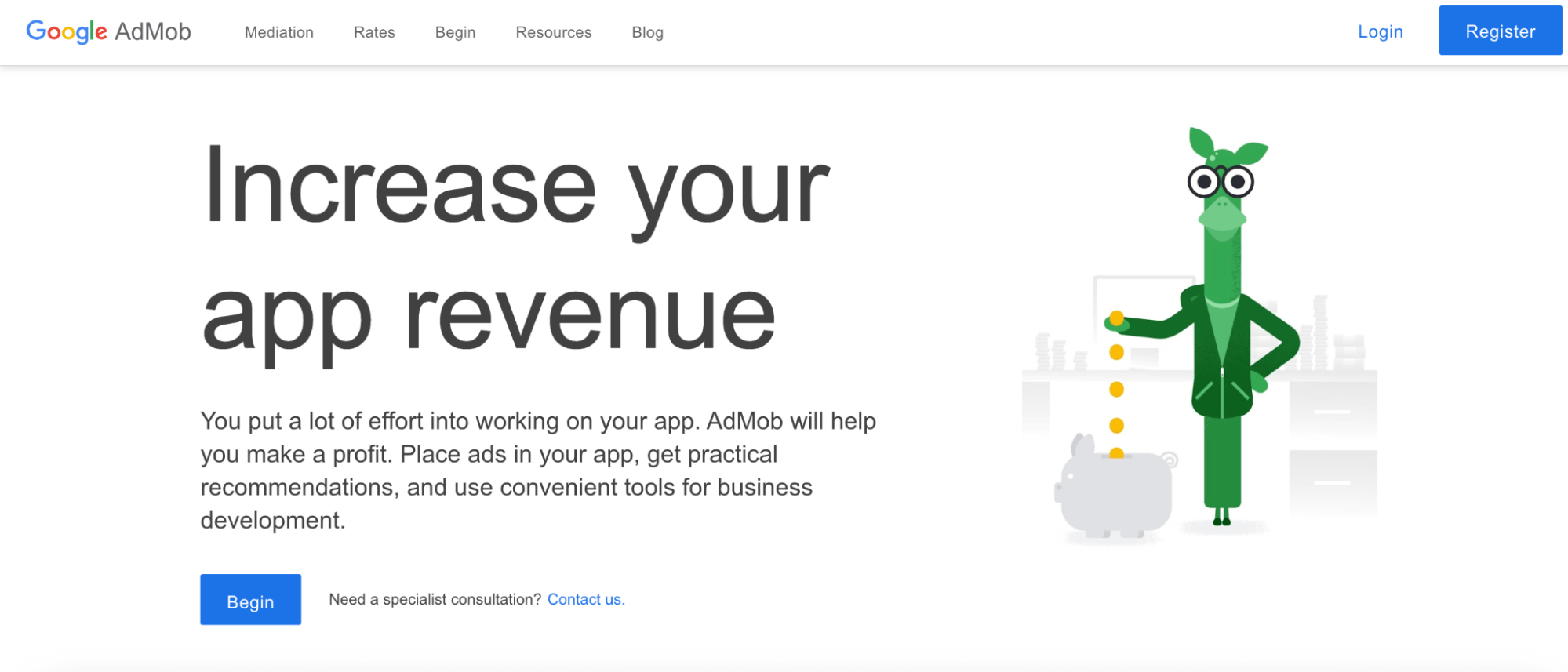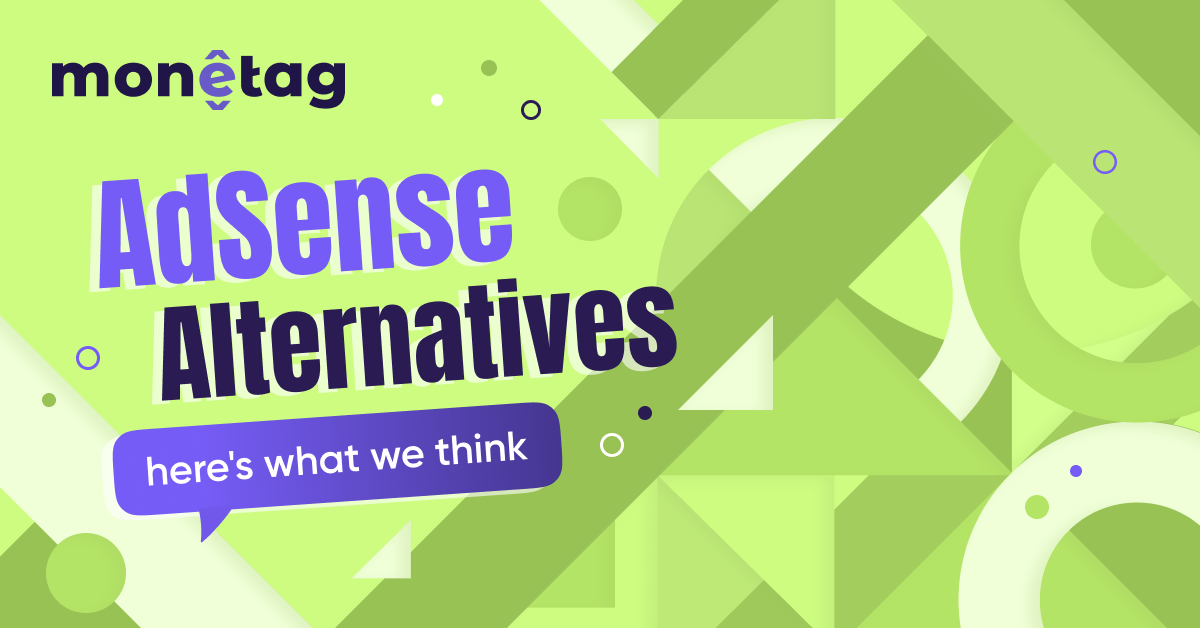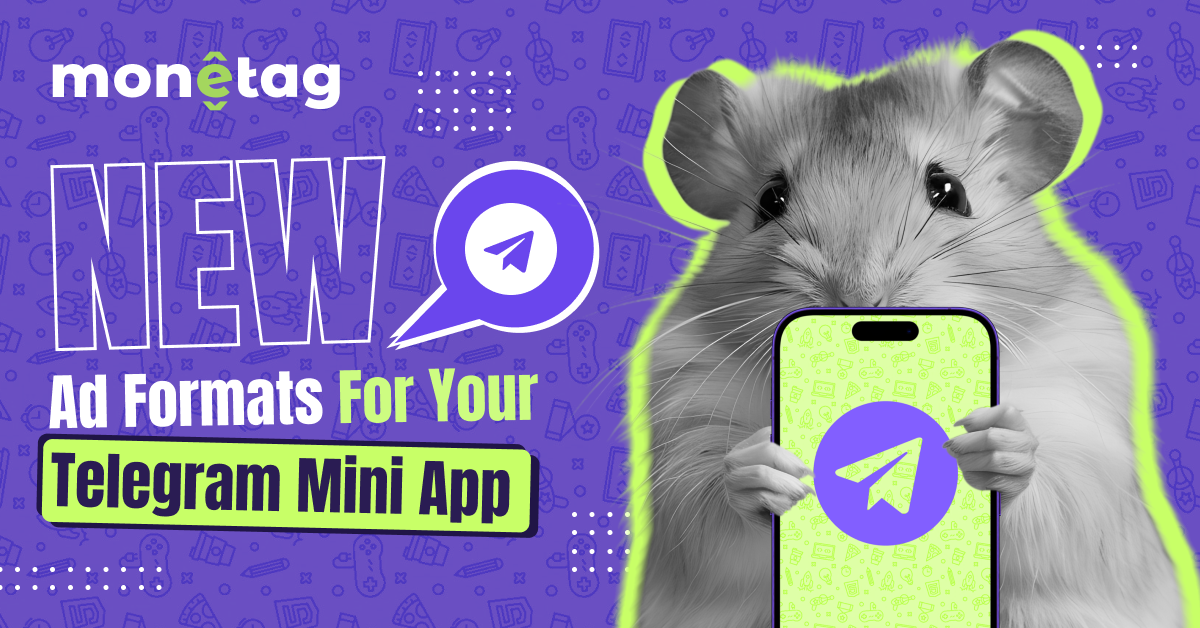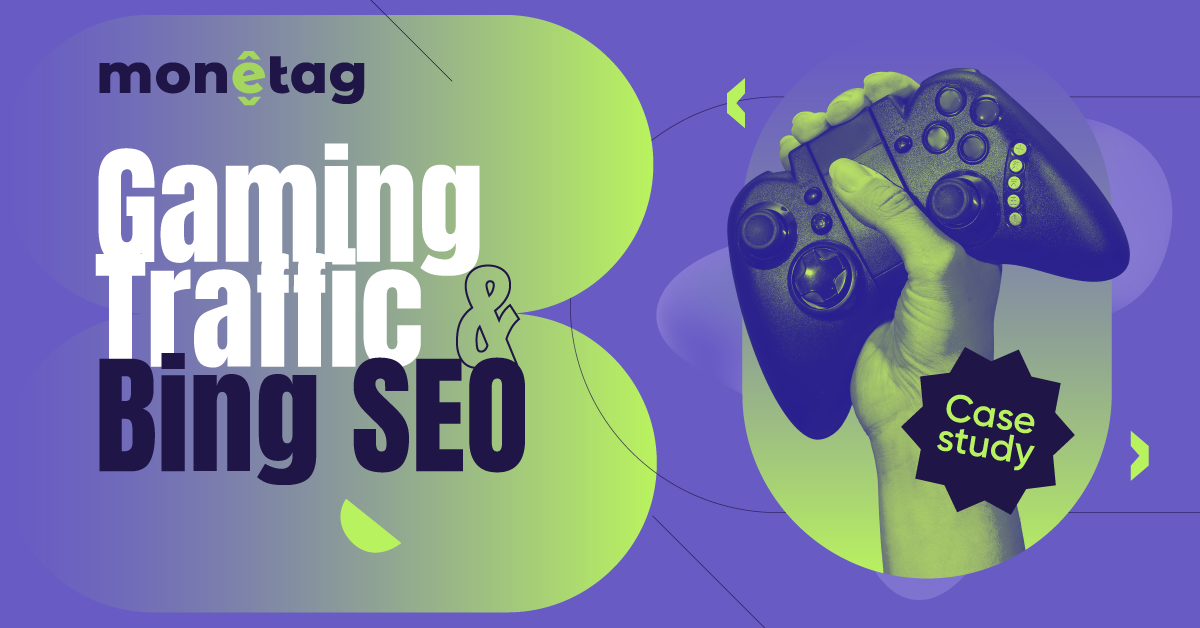Google AdMob Review: How It Works, Benefits, And Best Alternatives

If you’re building apps, sooner or later, you’ll come across the term Google AdMob. The short answer: AdMob by Google is an ad network built for mobile apps. It lets you earn money by showing ads to your users. It’s like Google AdSense, but designed specifically for mobile applications.
Google didn’t create AdMob from scratch. The company bought it in 2010 — this is what people often mean when they mention the Google AdMob acquisition or the AdMob Google acquisition. Since then, AdMob has become part of Google’s ecosystem and a popular way to monetize apps.
In this guide, we’ll cover everything: how AdMob works, the different Google AdMob ad types, how it compares with Google Ads, and whether it’s the right monetization tool for your app.
A Short History of Google AdMob
AdMob was founded in 2006 as one of the first mobile ad networks. At the time, apps were still new, but developers already needed a way to make money from free downloads. AdMob solved that problem by connecting advertisers with app owners.
In 2010, Google bought the company for $750 million. This Google AdMob acquisition allowed Google to strengthen its position in mobile advertising and expand beyond traditional web ads. Since then, AdMob has been known as AdMob by Google or simply AdMob Google.

This move gave developers access to a bigger pool of advertisers and created a more integrated ecosystem between apps and Google Ads.
How Does Google AdMob Work?
At its core, AdMob is a marketplace. On one side, you have developers who want to show ads. On the other hand, there are advertisers who want to reach users. AdMob connects the two.
The process is simple:
-
- Developers add the AdMob SDK to their app
-
- Advertisers use Google Ads to run campaigns
-
- AdMob picks the best ad to show at the right time
-
- Developers earn revenue whenever ads are displayed, clicked, or watched
In short, developers focus on building apps, advertisers focus on campaigns, and AdMob Google ads handle the connection.
Google AdMob Ad Types
One of AdMob’s biggest strengths is variety. Developers don’t have to rely on just one format — instead, they can choose the ads that fit best with their app’s design and audience.
Google AdMob ad types include:
- Banner ads – small, rectangular units that sit at the top or bottom of the screen
- Interstitial ads – full-screen ads that appear during natural pauses, like between game levels
- Rewarded video ads – ads that users watch in exchange for a reward, often used in mobile games
- Native ads – ads styled to match the look and feel of the app’s content
Each type serves a purpose. Banners are subtle and constant, interstitials deliver impact, rewarded ads encourage interaction, and native ads blend so well they look like part of the app.
This mix gives developers flexibility. You can test placements, adjust formats, and find the right balance between user experience and revenue.
AdMob vs Google Ads
A common question is: “AdMob vs Google Ads — what’s the difference?”
The answer is simple:
- Google Ads is for advertisers. It’s where businesses pay to run ad campaigns.
- AdMob by Google is for developers. It’s how apps show those ads and make money.
The two work together. Advertisers create campaigns in Google Ads → AdMob delivers them into apps → developers earn from impressions and clicks.
So if you’re a developer, you don’t use Google Ads to monetize. You use AdMob Google, while advertisers use Google Ads. That’s why the debate of AdMob vs Google Ads is really about two sides of the same coin.
Why Use Google AdMob?
There are many reasons developers turn to AdMob. Beyond Google’s brand name, the platform offers stability, demand, and tools to optimize earnings.
Key advantages include:
- Significant advertiser demand – since AdMob connects directly to Google Ads
- Revenue potential – more competition among advertisers means good CPMs and RPMs
- Easy integration – the SDK is straightforward to set up across Android, iOS, and even Unity
- Analytics and insights – Google provides detailed reporting so you can track what’s working
- Global reach – you can monetize traffic in almost any country
Together, these benefits make AdMob the go-to choice for both indie app creators and large publishers. Even if you’re just starting out, the integration with Google Ads ensures a wide demand base.
Limitations of Google AdMob
Of course, AdMob isn’t perfect. Developers should understand its limitations before relying on it fully.
Some of the main drawbacks are:
- Revenue depends on traffic quality – if users don’t engage, earnings stay low
- Strict policies – Google enforces compliance strongly, and violations can lead to suspension
- Competition is high – with millions of apps using AdMob, optimization is key to standing out
None of these are deal-breakers, but they do mean that success with AdMob takes effort. You need good content, engaged users, and smart ad placement to make the most of it.
Google AdMob Acquisition and Its Impact
The Google AdMob acquisition has pretty reshaped mobile advertising. By buying AdMob, Google brought together advertisers and app developers under one system.
This move made it easier for advertisers to extend campaigns from the web into mobile apps, while developers gained access to premium demand through AdMob Google ads. Today, AdMob’s scale is part of why it dominates app monetization.
AdMob and Google Ads: Working Together
The connection between AdMob and Google Ads is one of its biggest advantages.
Here’s how it works in practice:
-
Advertisers run campaigns in Google Ads
-
Those ads automatically become eligible to appear in apps through AdMob
AdMob for Developers: Getting Started
Getting started with AdMob is straightforward. Google designed it so that even beginner developers can monetize quickly.
Steps to start include:
- Sign up for a Google AdMob account
- Connect it with your app store listings
- Integrate the AdMob SDK into your app
- Choose your preferred Google AdMob ad types
- Publish your app and monitor performance
The setup doesn’t require advanced technical skills, and Google provides plenty of documentation. Once it’s live, you can test different placements and formats to optimize revenue.
AdMob Alternatives
While AdMob by Google is one of the most popular monetization platforms, it’s not the only option. Depending on your app’s audience and goals, you might find that another network fits better. Here are three strong AdMob alternatives:
1. AppLovin
AppLovin is a major mobile ad network that also offers a full suite of tools for app growth, including user acquisition and analytics. It’s especially popular in the gaming industry, where rewarded videos and playable ads perform strongly. The platform has a huge advertiser base and works across both iOS and Android.
Why it’s a good alternative: AppLovin combines monetization with growth tools, giving developers an all-in-one solution.
Best for: Mobile game developers looking to scale both revenue and installs.
2. Unity Ads
Unity Ads is integrated directly into the Unity game engine, making it easy for developers who already use Unity to add ads to their games. The platform focuses heavily on rewarded video and interstitial formats that enhance — rather than disrupt — the gameplay experience. Because Unity has such a large developer community, it’s trusted and widely adopted.
Why it’s a good alternative: Perfect for Unity-based games, with seamless integration and strong performance in rewarded video ads.
Best for: Indie and professional game studios using the Unity engine.
3. ironSource
ironSource is another leading mobile ad network that allows you to maximize revenue by connecting to multiple ad sources through one platform. It also offers a range of ad formats, with a strong focus on rewarded ads and interstitials. Developers get advanced analytics to help optimize performance.
Why it’s a good alternative: Its mediation platform ensures you get the high CPMs by automatically choosing the best-performing ad source.
Best for: Developers who want more control and higher earnings through ad mediation.
Final Thoughts
So, what’s Google AdMob in simple words? It’s a platform that helps developers monetize their apps by showing ads. Thanks to the AdMob Google acquisition, the product is now a core part of Google’s ad ecosystem, tightly integrated with Google Ads.
With Google AdMob ad types, developers can choose the formats that suit their app best. And while the debate of AdMob vs Google Ads comes up often, the truth is they complement each other: advertisers pay through Google Ads, developers earn through AdMob.
If you’re looking for a stable, trusted, and easy way to start app monetization, AdMob by Google is one of the best tools available today.






